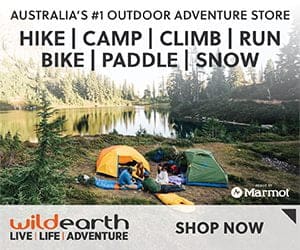There is nothing like the feeling of hiking through the wilderness, feeling invincible as you wade between rocks and trees, never worrying about what’s around the next corner as you push on towards our destination without a care in the world.
But it’s also possible that this sense of being carefree can quickly get you into trouble, when a certain sense of complacency and blasé attitude starts to creep in, especially when it comes to outdoor safety and preparedness.
So what can we do to make sure we are prepared? I like to break down my trip planning into three sections: Prepping, Planning & Packing. Each has an important role to play in ensuring you are adequately prepared for any scenario. So let’s break them down:
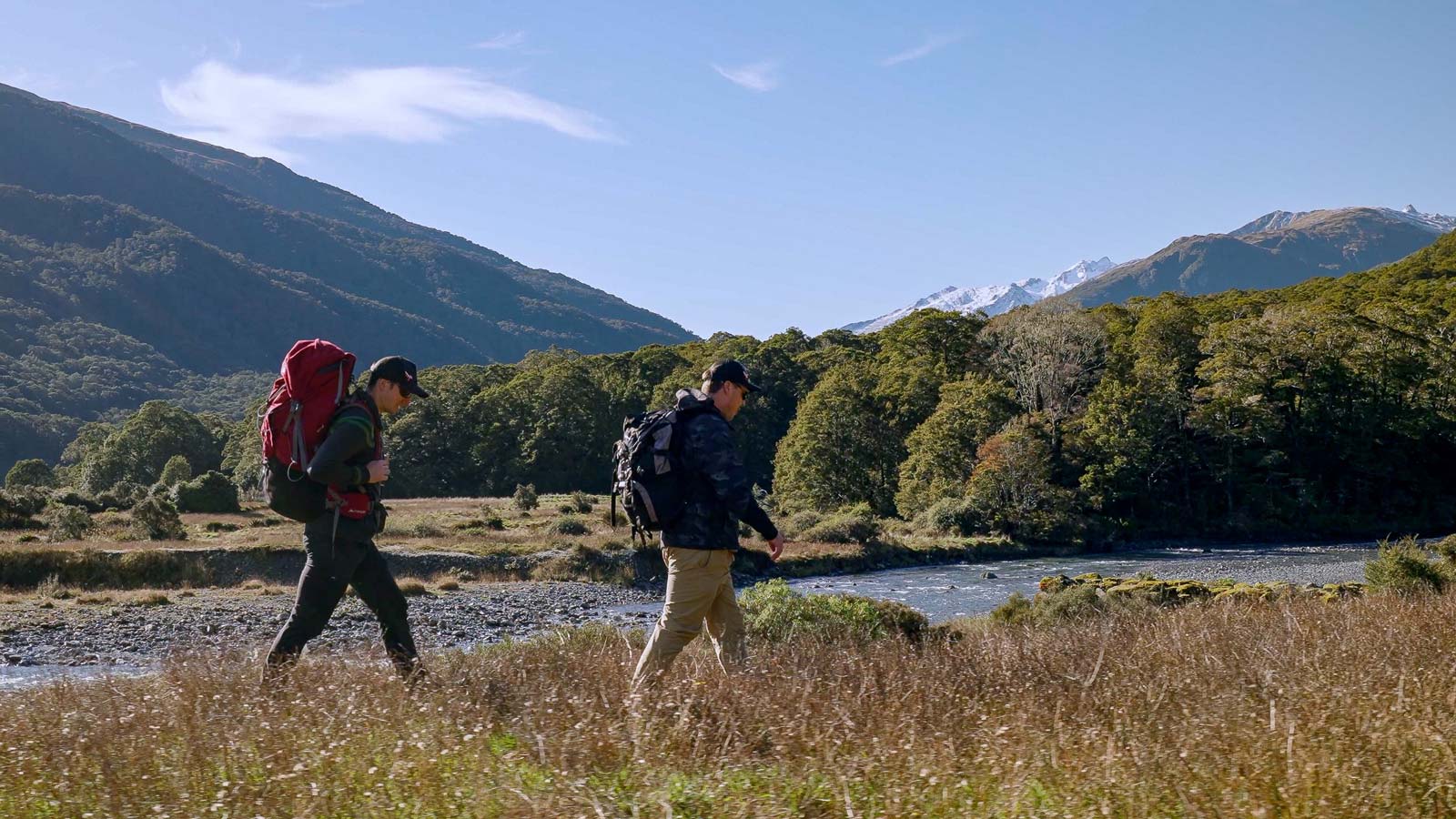
Prepping
Every adventure should start with Prepping. It’s not the ‘build a bunker’ in your backyard kind, instead it’s better understanding the where, what and when and how. Once you have these parameters in place, you are best placed to make informed decisions about the viability of the trip under certain circumstances.
When deciding on the location for your adventure, it’s important to consider not only the conditions, but your ability and experience. For instance, hiking an unknown exposed rocky ridge for the first time may be well within your skill level, but is it safe to attempt after a fresh rain or in low visibility?
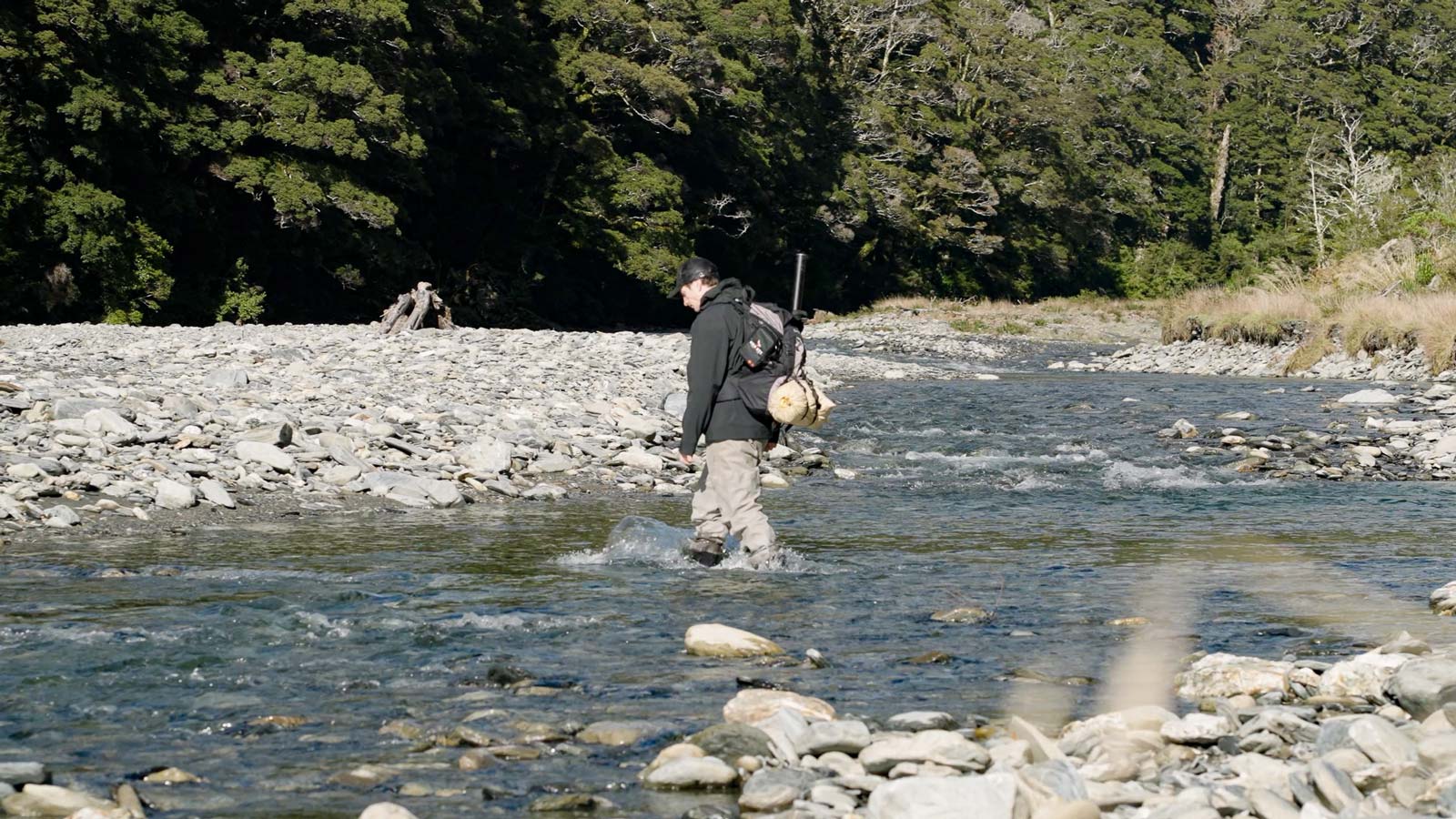
This is just an example for the sort of question you should be asking yourself before you embark on the adventure, not as you are standing up on the mountain and thinking “should I do it?”.
The weather conditions should also be front of mind whenever you are prepping, ensuring you account for the effect it will have on the landscape. Do you have to cross a river to get to/from your destination? If so, consider what is the normal flow and how much rain can it take until it becomes impassable?
Most incidents can be avoided by just taking the time to step back, look at the big picture and view the trip objectively. Remember, it is probably not going anywhere and if this time seems a bit hairy, why not just keep the trip in your back pocket for next time. It may be the best decision you ever make.
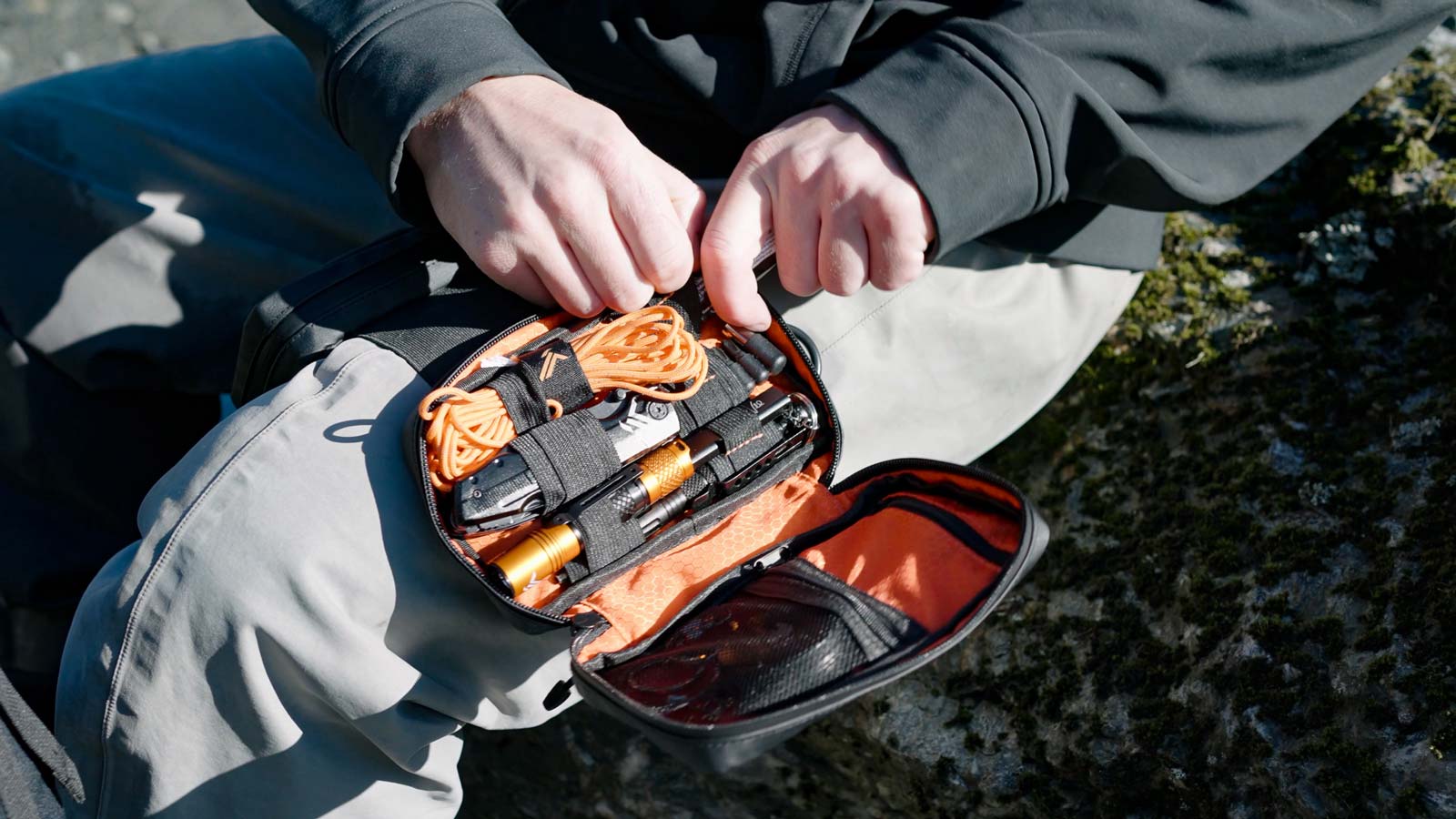
Planning
Now that you have considered the fundamentals of your trip, next up is the fun part: Planning. This is the nitty-gritty detail and can easily be the difference between returning home safely versus being lost in the wilderness for days, or worse.
This can be anything from researching the area you are heading into, the track you will take, what time of day you will depart and return or what resources you will need to carry. This will change for every trip and it’s important not to just assume it will be the same as the last one. Study maps, weather reports and understand your intentions.
Once you have laid out your plan and are confident you can do it safely, it is now vitally important that you inform someone of your intentions, where you are going and when/who they should call for help should things not go to plan or they do not hear from you.
This is one of the most effective failsafes you can put in place. Just think, if you fell and knocked yourself unconscious or broke a leg, how would you be found? The chance of rescue teams finding you in time is greatly increased if they understand your detailed trip intentions.
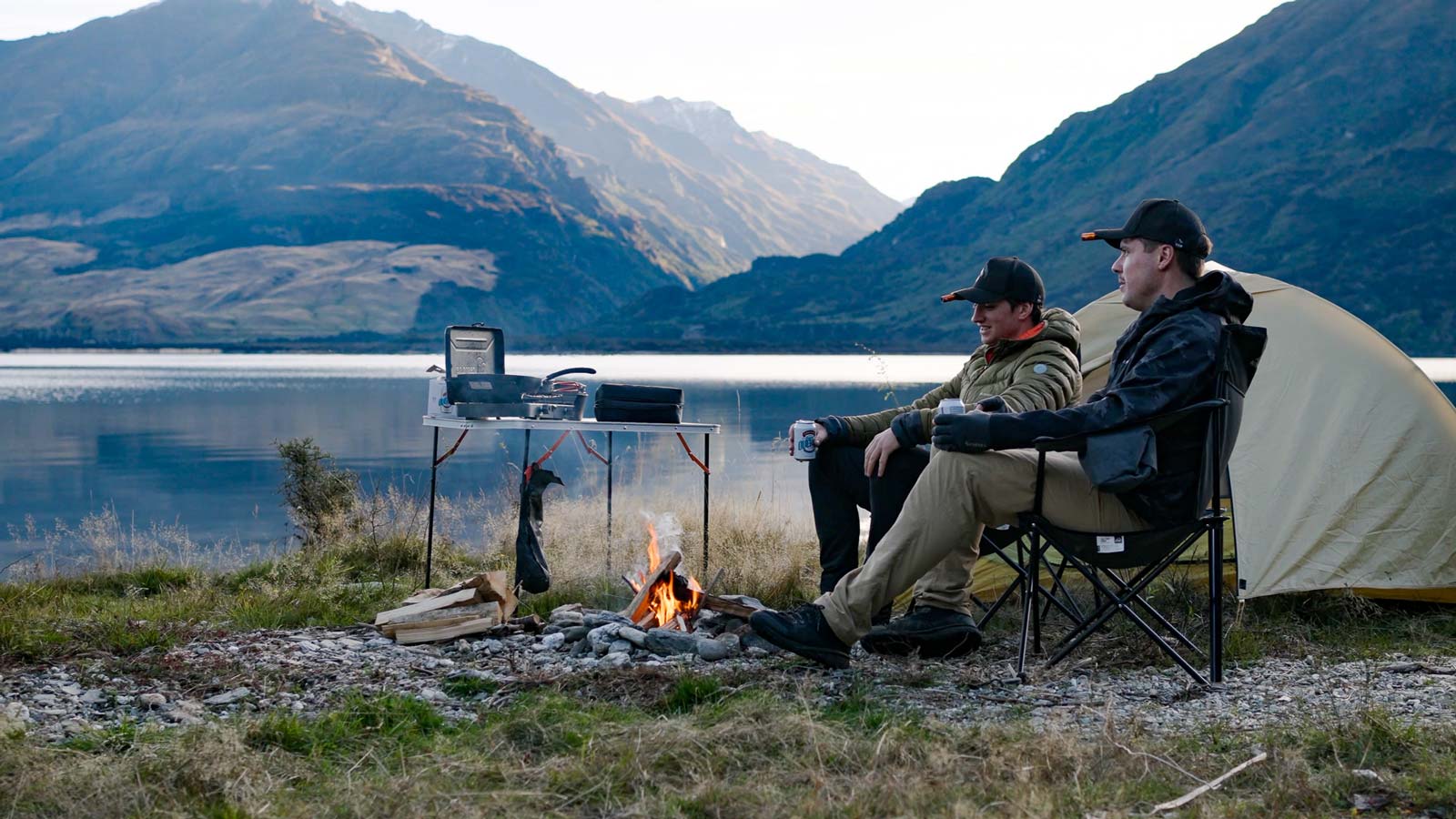
Packing
Last but not least, we come to pack. This is where you bring together all of your detailed prepping and planning and make informed decisions on selecting the right gear to suit your intentions.
Do you need that extra pair of warm clothes? Do you have a sufficient water/food supply? Are you carrying all the essential safety gear to get you through should you become lost or injured?
Packing can also come down to personal preference and ideology (think comfort vs ultralight). Regardless of your preference, just make sure you never compromise on your safety.
What you pack will depend on the type of your trip you are going on and specifically relates to the where/what/when part of your planning.
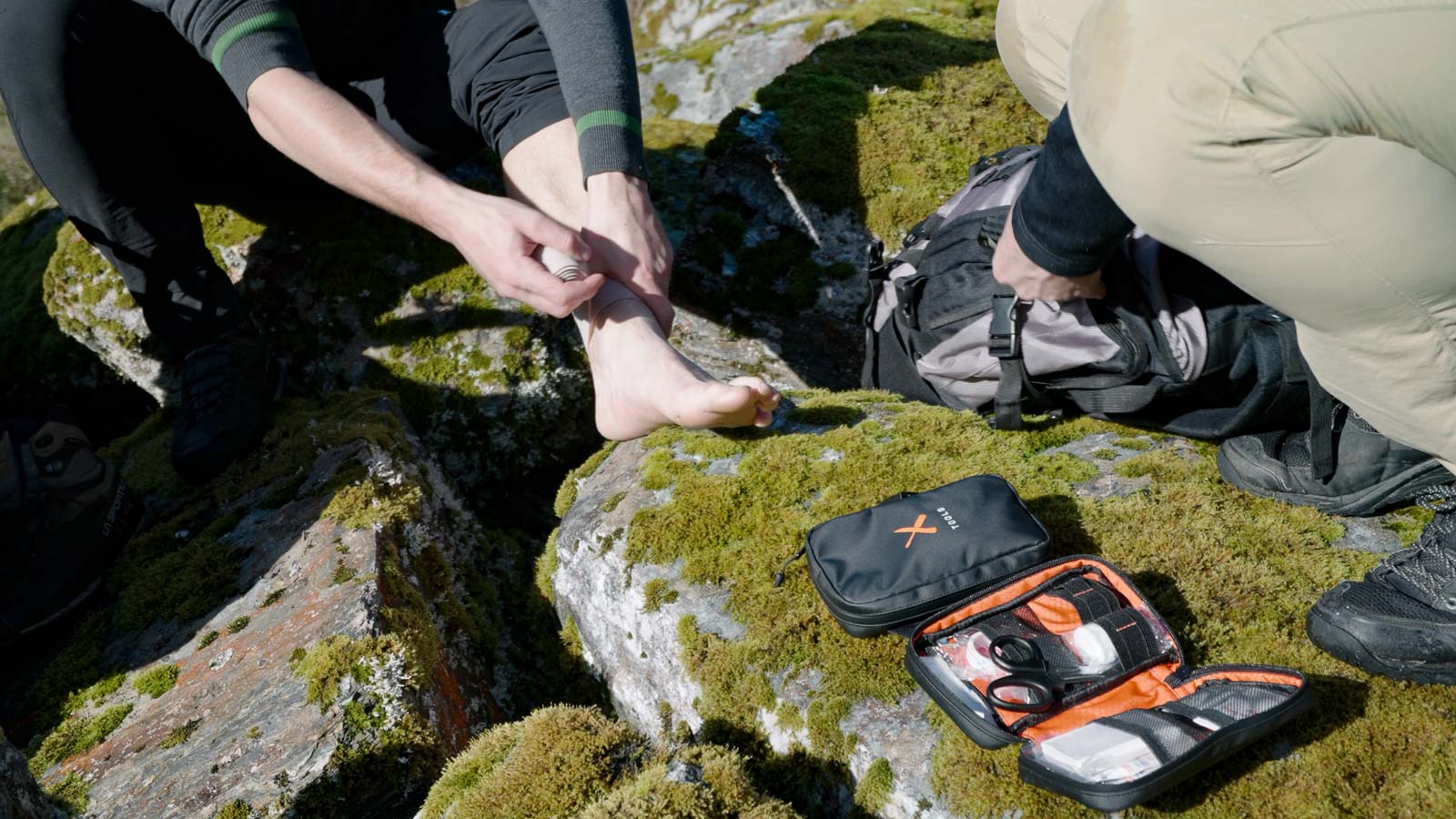
Packing Recommendations
When I was an outdoor adventure guide, one of my core frustrations was trying to pack all the essential gear that I needed to carry to keep myself and clients safe.
I needed something that kept all my essentials in one place and looked around for a piece of gear that would solve this problem and was not just another flimsy, gimmicky survival kit full of stuff you’ll never use. I found nothing…. So, I decided to build one myself and that’s when the KEA KIT was born, a next-generation outdoor survival kit to help you prepare to embrace every adventure.
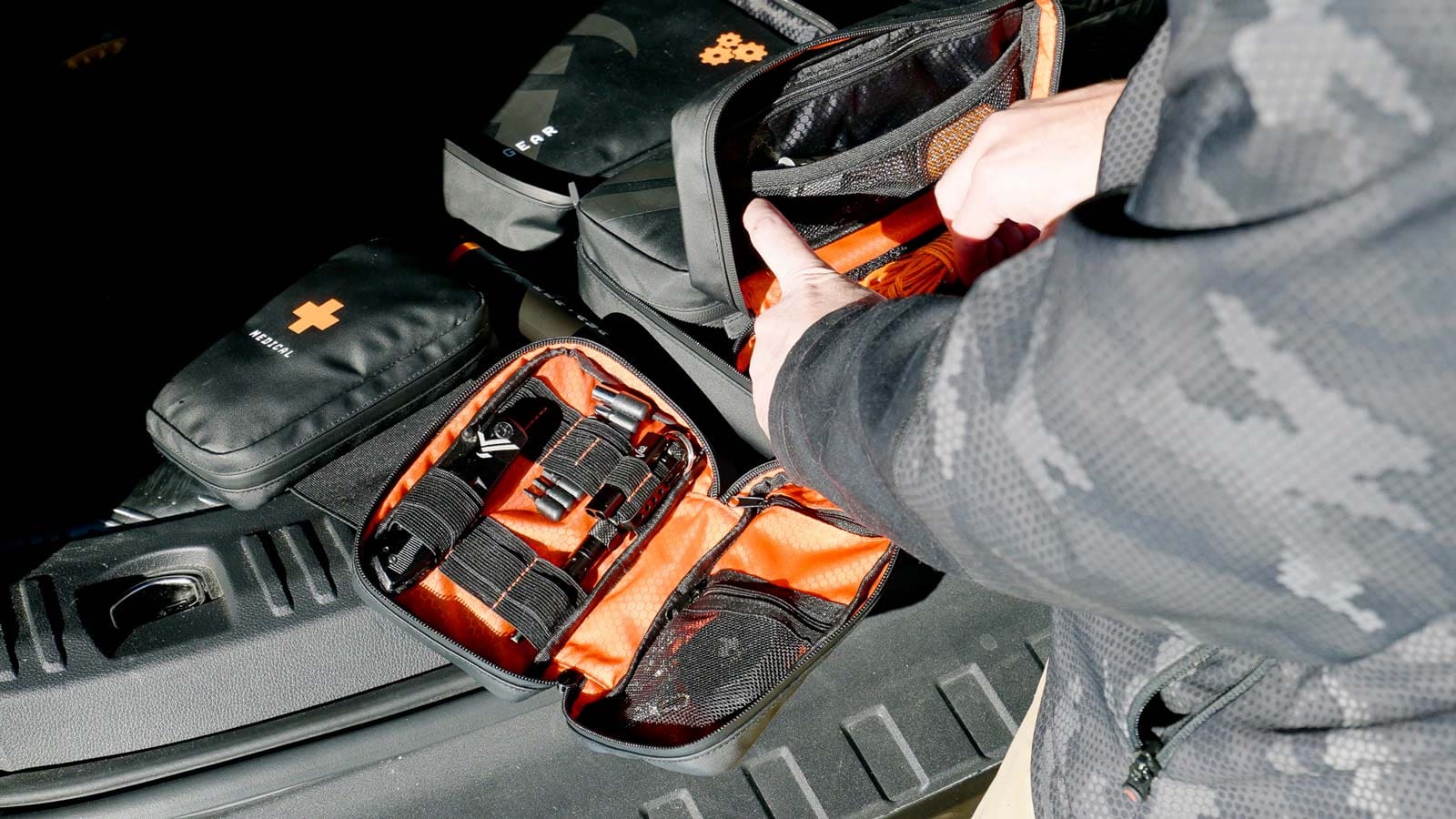
I built the KEA KIT to organize the essentials into the pillars of survival: Medical, Shelter, Water, Fire & Tools. The modular design allows you to pack just what you need, when you need it and the compact case features durable, water-resistant fabric to keep your gear safe and dry.
The new KEA KIT is available in 2 sizes to suit any adventure, the ‘GO’ for when you’re on the move and teh ‘XL’ for your vehicle or basecamp. They come unpacked so you have the freedom to either add out gear packs to your kit or just pack with the gear you already have.
The KEA KIT is currently fundraising on Kickstarter for the first production run. By pre-ordering today you can save up to 50% OFF the regular retail price. Order yours here: https://www.kickstarter.com/projects/keaoutdoors/kea-kit-better-prepare-for-outdoor-adventures?ref=1pv4qi
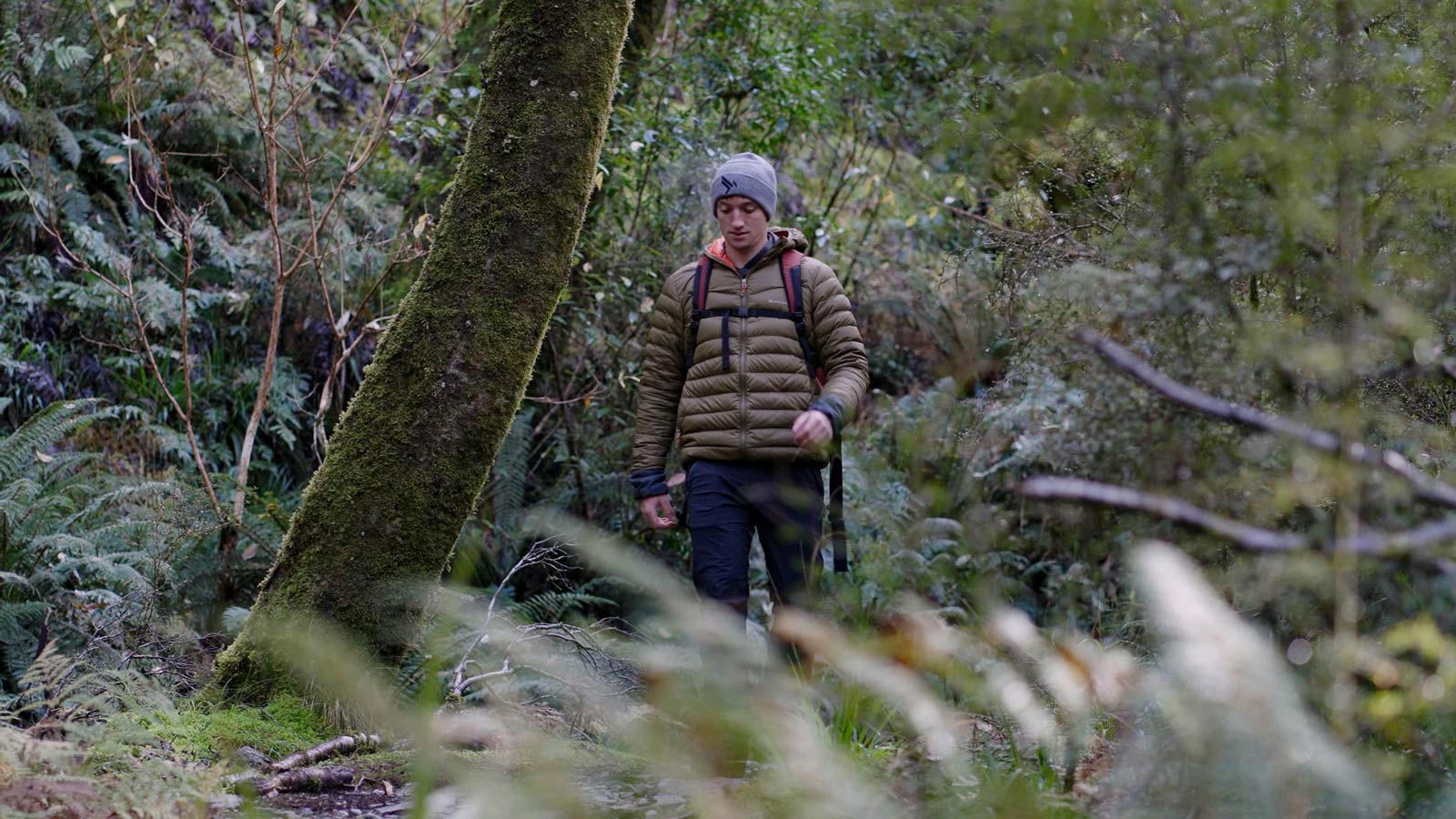
Conclusion
To wrap up, it’s important to remember that preparation is the key to survival, no matter how good you think you are. So before you embark on your next adventure, remember to consider the 3 P’s of preparation: Prepping, Planning & Packing. This combined with the right gear will go a long way to helping you to explore with confidence and be ready to respond when it’s need the most.
 Author: Matt Butler is an ex-outdoor adventure guide and founder of KEA Outdoors. A Wanaka, New Zealand based brand creating innovative, versatile and reliable outdoor gear to help you embrace every adventure.
Author: Matt Butler is an ex-outdoor adventure guide and founder of KEA Outdoors. A Wanaka, New Zealand based brand creating innovative, versatile and reliable outdoor gear to help you embrace every adventure.
www.keaoutdoors.com
@keaoutdoors on socials




